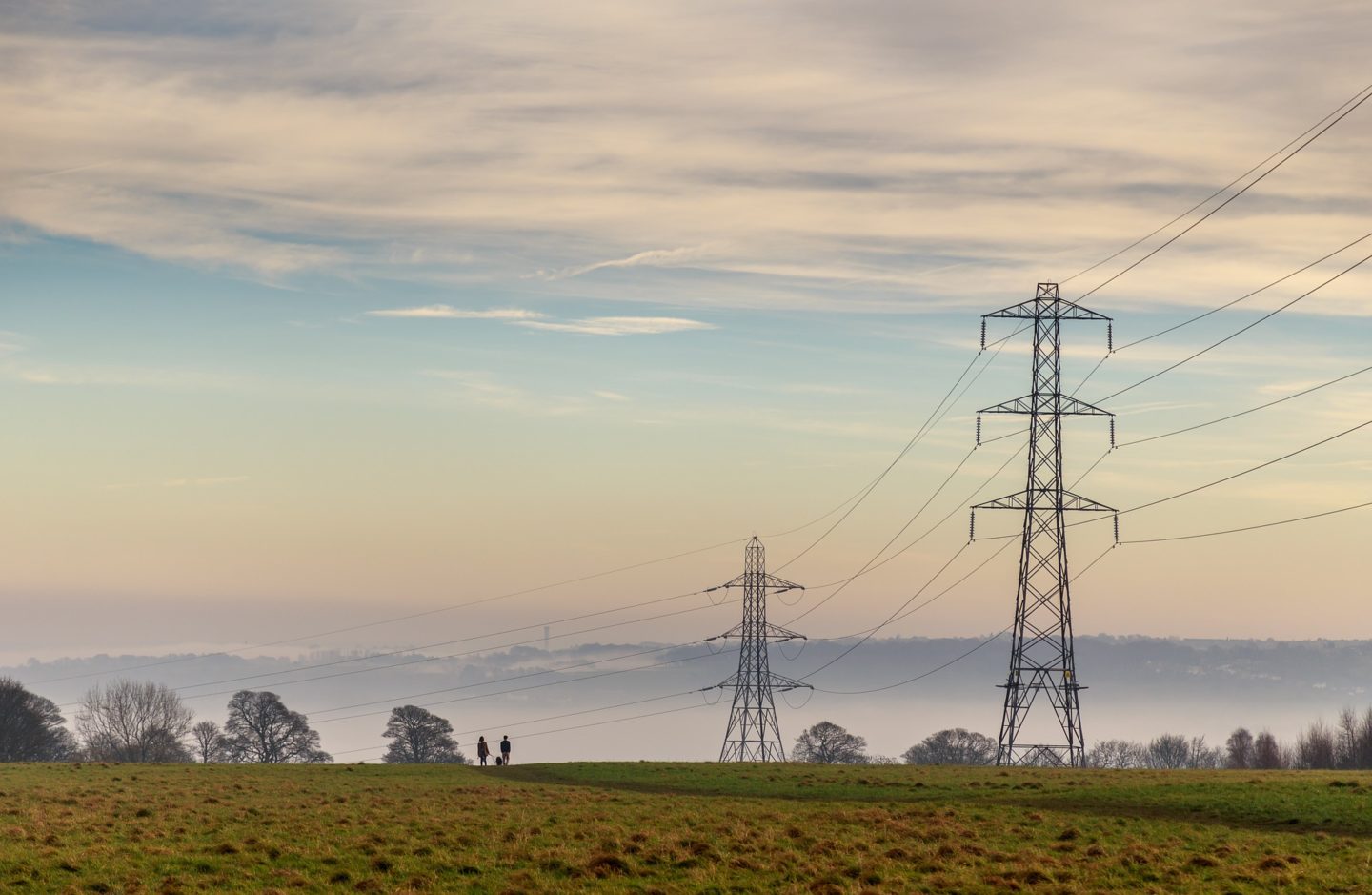People in the Highlands are paying around £400 a year extra for electricity than the rest of Scotland, prompting claims that many pensioners and poorer people are living in cold, damp homes, often in sub-zero temperatures at night during winter.
Many consumers in off-grid areas – there are an estimated 369,000 people the Highlands – are on restricted meters and pay 4p more per unit of electricity – which amounts to around £400 a year more than consumers elsewhere.
Critics say the extra costs are “ridiculous” when the region is a net exporter of energy, and one reason why fuel poverty figures are higher than elsewhere in Scotland.
Restricted meters mean people pay considerably more to heat their homes by electric storage, than those who use gas.
The risk of fuel poverty is greater because customers are excluded from accessing competitive tariffs.
A report in 2015 by the Scottish Rural Fuel Poverty Task Force said that around 369,000 occupied dwellings – 15 per cent – in Scotland were beyond the reach of the gas grid network.
“The vast majority of these (259,000) of these are in rural areas and a third (117,000) in the Highlands and Islands. This equates to 63% of all occupied dwellings in rural areas, compared with only 6% of those in urban areas. Given the correlation between off-gas heating regimes and fuel poverty, this puts those in rural areas at a significant disadvantage as they are faced with higher home energy costs,” the report added.
With no access to mains gas for heating, households off the gas grid cannot benefit from dual fuel discounts and must rely on electricity and other fuels such as oil for their primary heating source.
The dominant company in the Highlands is SSE, which supplies almost eight million homes in the UK and generated revenues of £1.8 billion last year.
Its chief executive, Alistair Phillips-Davies, was paid £2.92 million and the company has almost doubled profit margins since 2013, according to the energy regulator, Ofgem.
People on restricted meters are still paying 4p more than the open market price. A year ago it was 6p more. The average household on electrical heating would expect to use around 10,000 units a year, so that’s £400.
Donnie MacKay, of Skye and Lochalsh Housing Association
Critics of the higher costs include Donnie Mackay, of Skye and Lochalsh Housing Association, who said that people were being forced into “self-disconnection and rationing”.
He added: “People on restricted meters are still paying 4p more than the open market price. A year ago it was 6p more. The average household on electrical heating would expect to use around 10,000 units a year, so that’s £400.
“The net effect of the costs being higher is rationing. People self-ration. That increases the rate of damp and mouldy houses. They are not able to buy the right level of warmth.
“The impact of it is that people are only heating one room. People are bed-sitting their house. We see that in social housing quite a lot.
“There is self-disconnection and rationing. Only 25 percent of homes we monitored last year met the ideal temperature standard, which is 21 degrees.”
Last October the UK Government pledged to introduce legislation to end “rip-off” energy prices by putting a price cap on bills.
However, Kate Forbes, a SNP MSP, said the UK Government’s proposed price cap does not take into account charges levied by some energy companies on Highland consumers.
Forbes said: “To add insult to injury, most of these Highland residents will live within sight of hydro schemes or wind farms which are generating renewable energy. In fact, the Highland region is a net exporter of energy, so it makes very little sense to charge Highland residents more for distribution costs.
“The Highlands also generates renewable energy, which means we are a green energy powerhouse and nobody can dismiss the Highlands as being ‘remote’ from the source of the energy.”
The amount that network operators charge to suppliers is regulated by Ofgem and costs vary from region to region and are influenced by factors like the local geography. These distribution charges account for the regional differences in prices.
SSE Spokesperson
In reply, an SSE spokesperson said: “The amount that network operators charge to suppliers is regulated by Ofgem and costs vary from region to region and are influenced by factors like the local geography. These distribution charges account for the regional differences in prices.
“SSE has previously argued for replacing these regional variations with one national charge across Great Britain to make prices simpler and fairer.”
A 2015 report by Ofgem said: “Instead of introducing a national network charge, targeted help to those off gas grid might be an option to consider further.
“We identified non-gas households as a priority area for our Vulnerability Strategy. We have been taking and continue to take action to extend gas networks to help the fuel poor and customers in vulnerable situations, and we are focussing on the experience of electric heating customers.”
Many people living in the Highlands and Islands and other rural parts also pay much more in delivery fees, surcharges described by critics as a “tax costing millions”.
The Scottish Rural Fuel Poverty Task Force said in 2015 that possible solutions include extending the Islands Fuel Discount scheme for petrol and diesel to an equivalent for heating oil and LPG.
It added that lowering the price of the heat component of mains electricity to that of mains gas and/or introducing flat rate home energy tariffs across Scotland.
Other possible solutions include the expansion of national or local gas grid networks and programmes to improve the insulation of homes in rural areas.
A version of this story was published by The Sunday Times.














